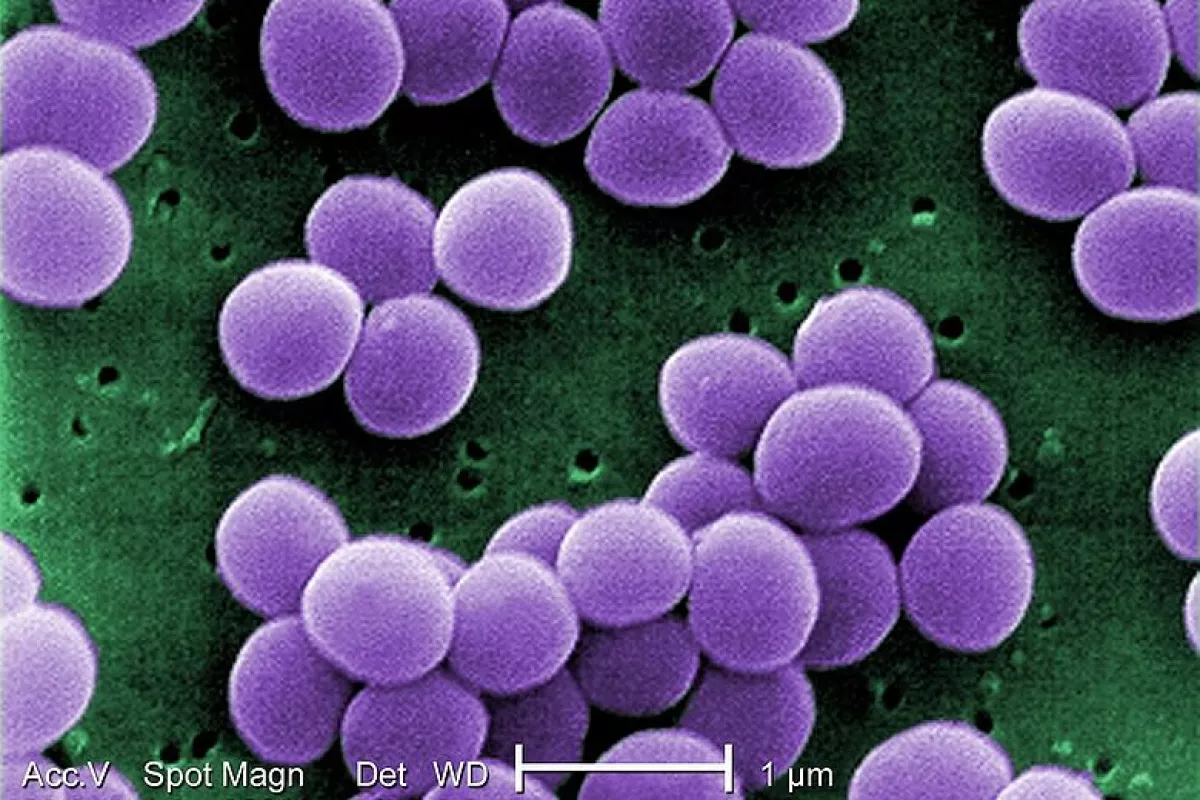A team of biomedical engineers at Taiwan’s National Cheng Kung University has created a new “on-chip” method to identify bacteria. By creating microchannels between two roughened glass slides containing gold electrodes, the researchers are able to sort and concentrate bacteria. A form of spectroscopy is then applied to identify them, providing a portable device that can be used for tasks like food monitoring and blood-screening.
The team, led by Hsien-Chang Chang, a professor at the Institute of Biomedical Engineering and the Institute of Nanotechnology and Microsystems Engineering.
A tiny electric field is applied to the specially designed microfluidic chip to separate the bacteria (a phenomenon known as dielectrophoresis). A roughened metal shelter in front of the trapping electrode enhances the collection process.
The identification technique relies on “surface enhanced Raman spectroscopy”. Raman spectroscopy. In layman terms, when electrically stimulated, the different components on the surface of a bacteria strand attach themselves to the gold electrodes, creating different wavelength peaks which then form a spectral signature.
This spectral signature or “fingerprint” can then be used to identify different strands or families of bacteria. "In the future, different species of fungi could also be sorted based on their different electrical or physical properties by optimizing conditions such as the flow rate, applied voltage, and frequency," continued Chang. "This portable device could be used for preliminary screening for the pathogenic targets in bacteria-infected blood, urethral irritation, and of raw milk and for food monitoring."
The report on Professor Chang’s new microfluidic chip was published in the American Institute of Physics’ (AIP) journal Biomicrofluidics.




